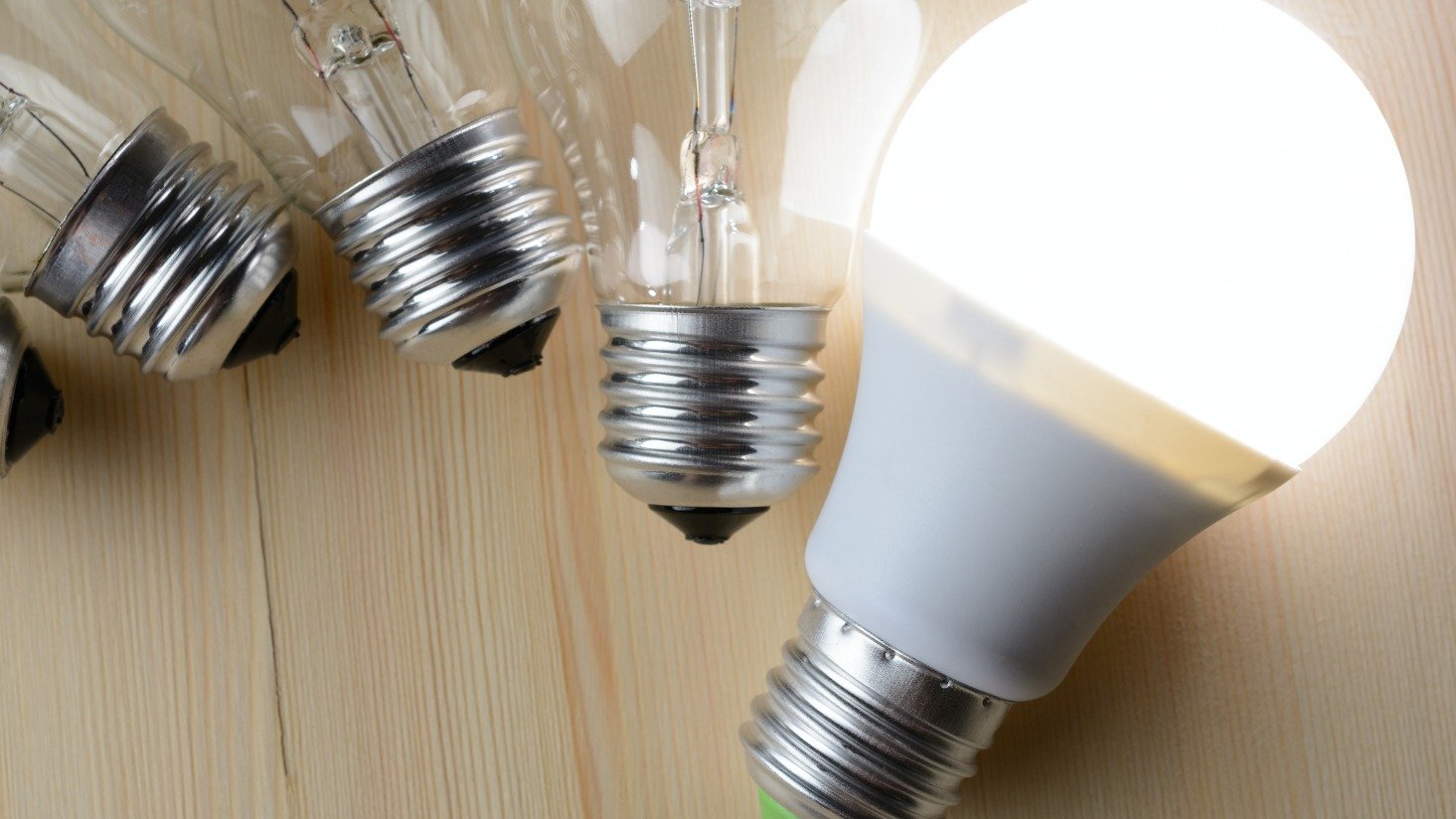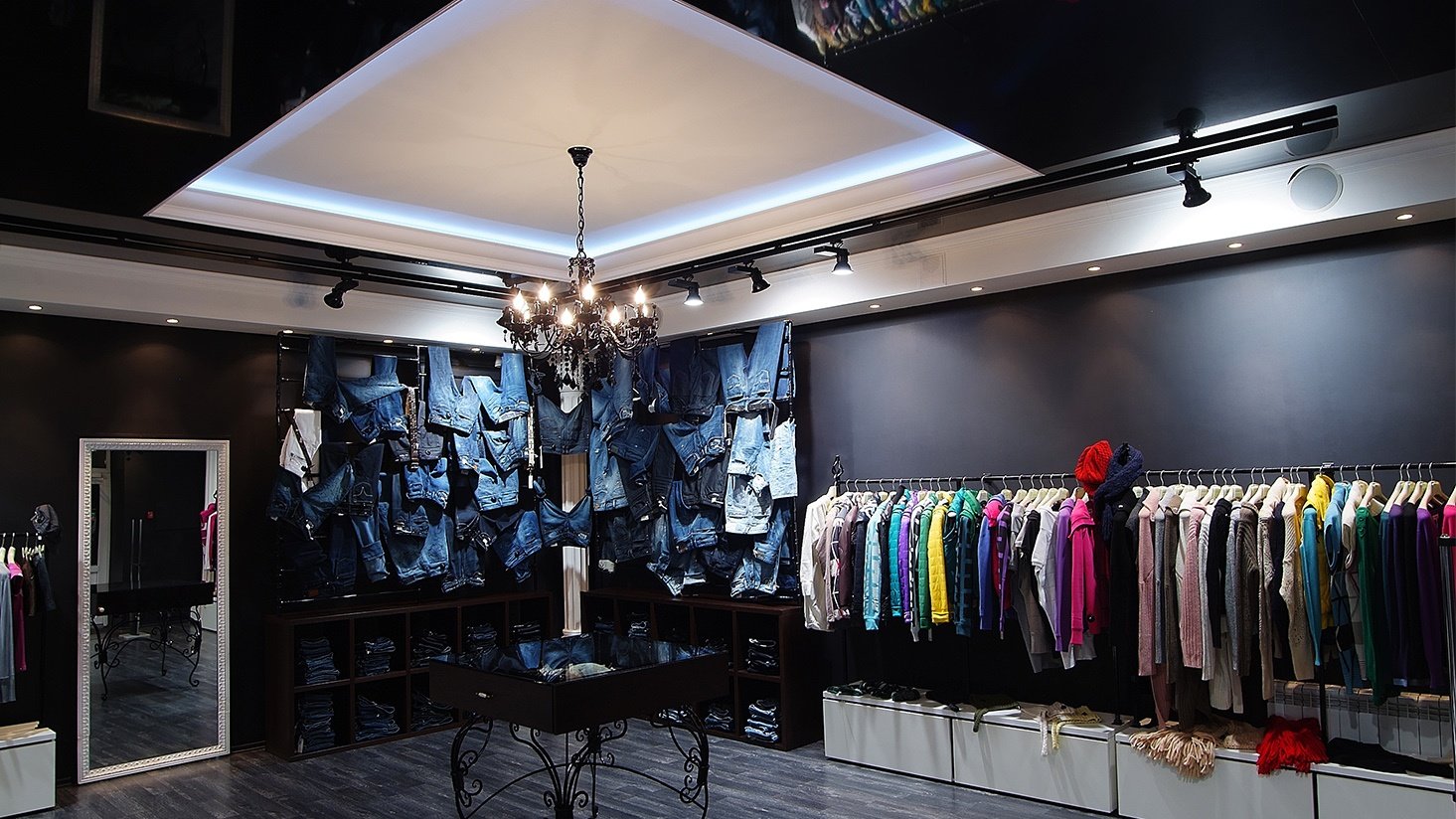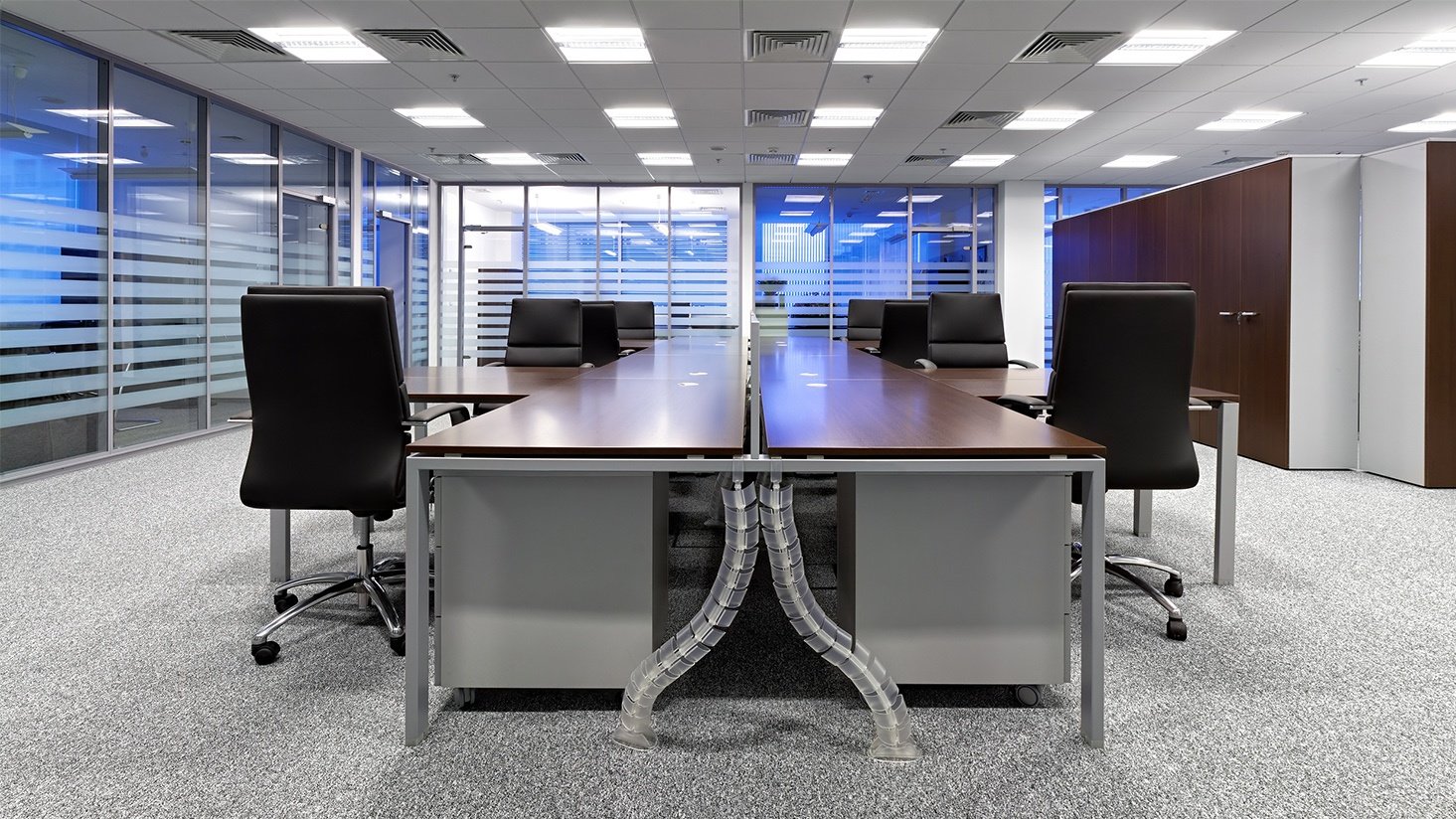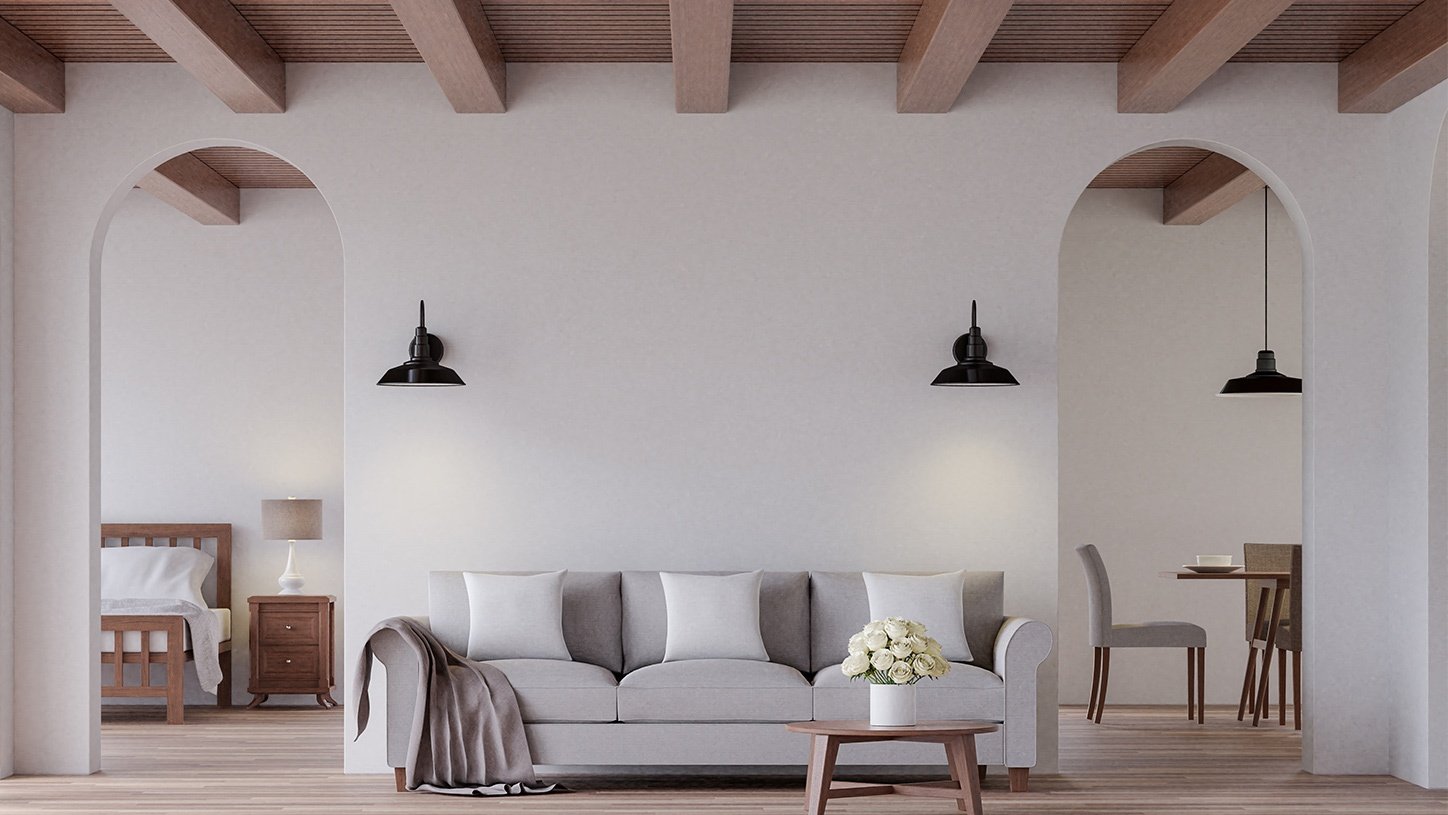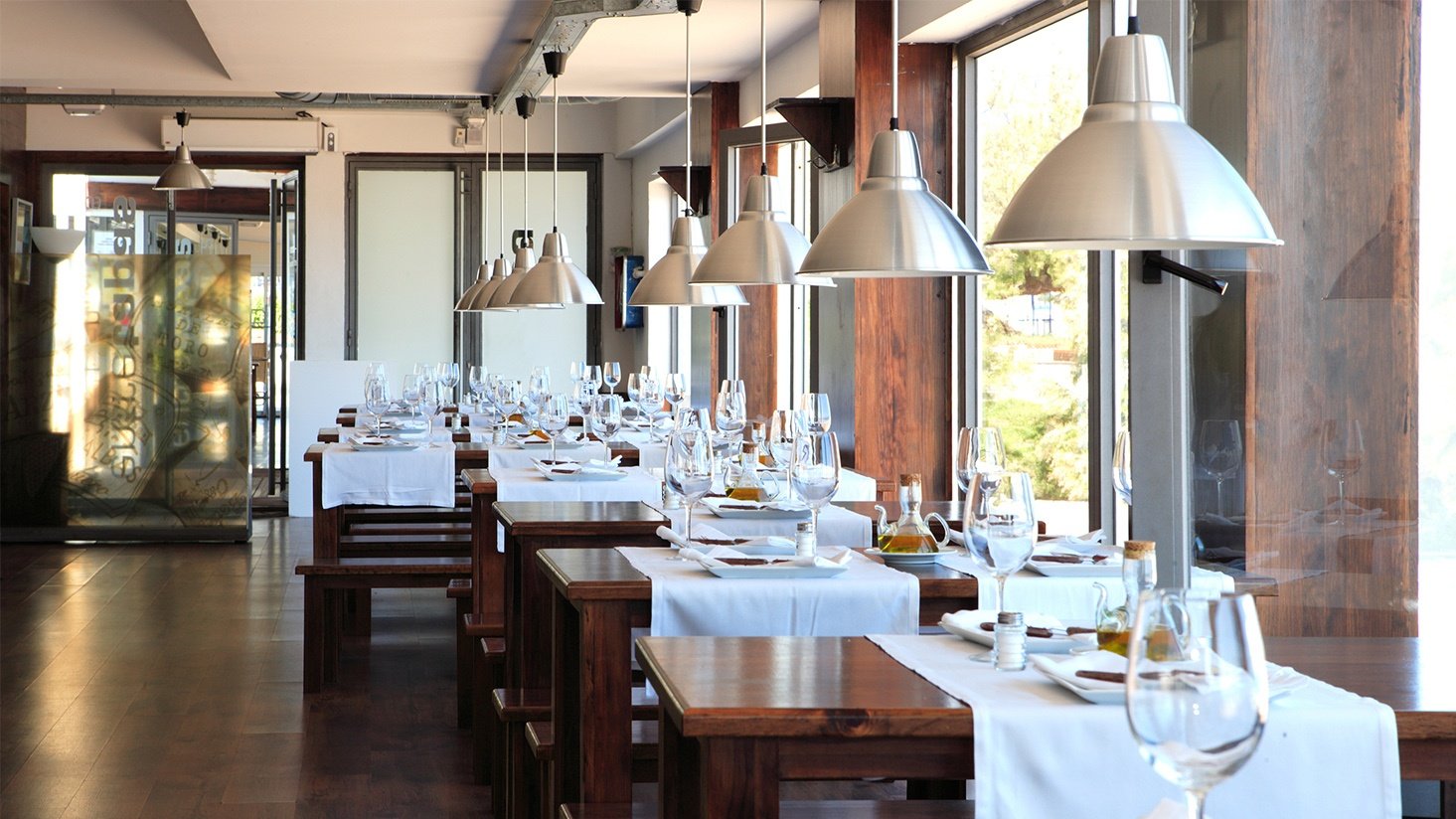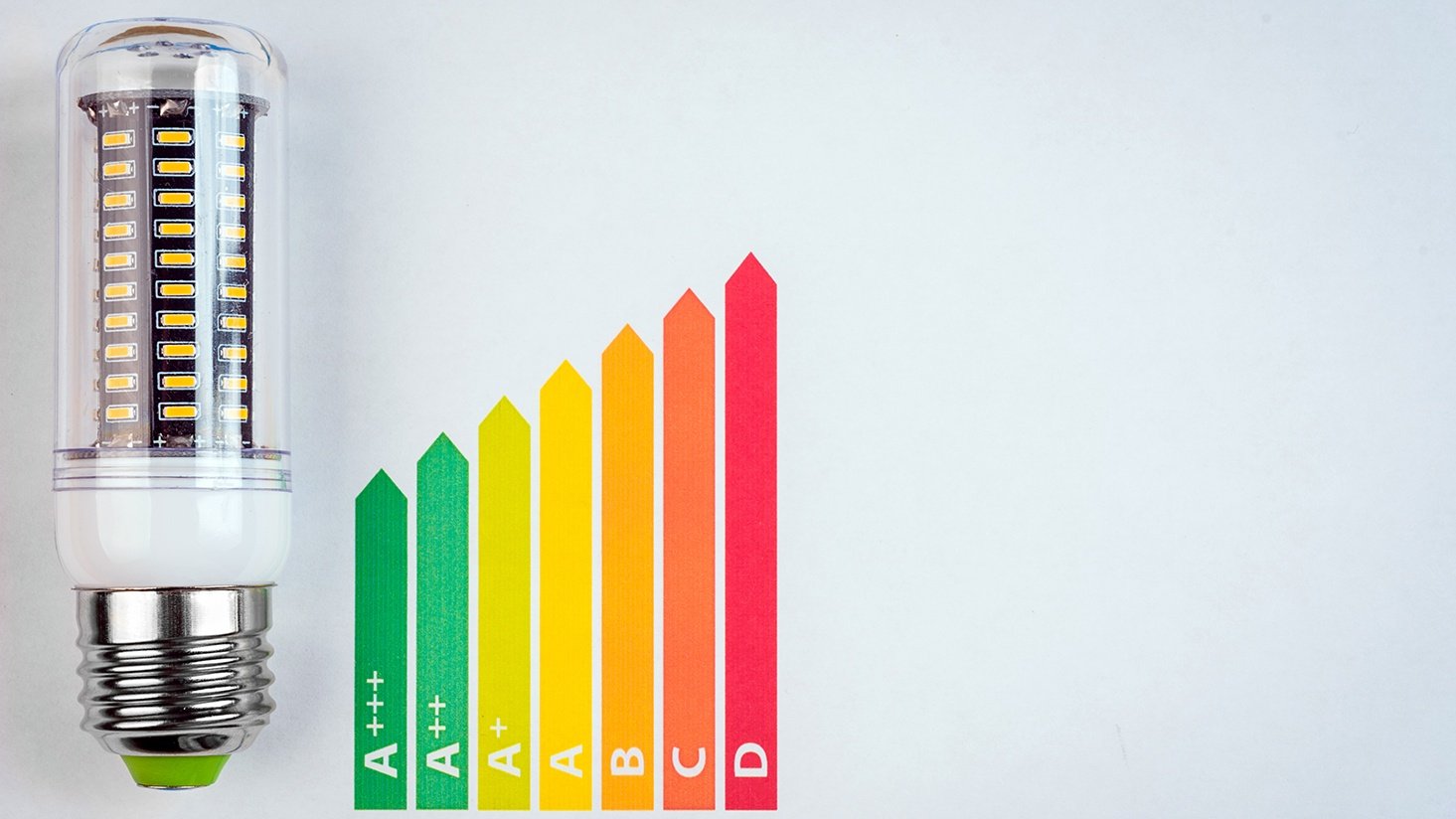How to pick an LED that is the same brightness as my old light bulb
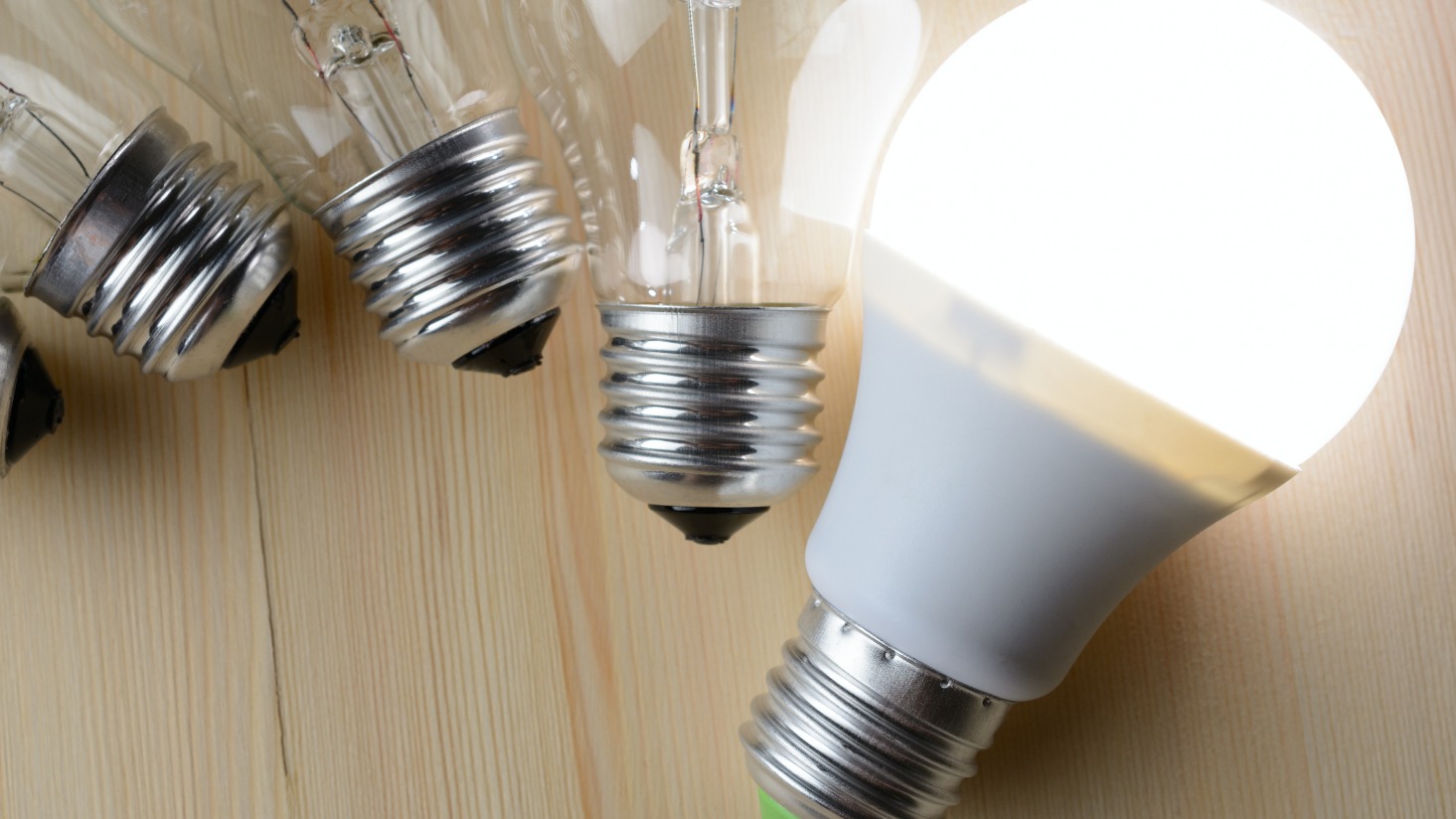
Have you purchased an LED bulb only to be disappointed with the light output when you turn it on? Finding the right LED for your space can be tricky if you're moving from incandescent, halogen, or CFL products.
LEDs were designed to be more energy efficient, which means they have a lower wattage for a similar light output. Wattage used to be the main factor in brightness. The higher the wattage, the more light would be emitted from the bulb. Now, LEDs have lower wattages to save energy, so it's no longer a good determination of light levels.
If you purchase LEDs based on wattage, you will likely buy a bulb that is too bright or just doesn't work in your space. Instead of focusing on wattage when purchasing LEDs, it's best to look at lumens to determine the brightness, or light output, from the bulb.
Note: If you're having trouble finding the right color for your LED bulb, check out this article.
Before we dive into the specifics (you can jump ahead to our comparison chart here), let's discuss lighting terms you need to know when purchasing LEDs.
Lighting terms to guide your LED purchase
If you're purchasing LEDs, pay close attention to the following terms to determine the right light output.
- Wattage - Wattage is a measurement of the number of watts a light bulb consumes. In short, it measures energy. Because LEDs are most energy efficient, most use less energy and have a lower wattage than traditional lighting products.
- Lumens - Lumens are the measurement of how much light a lamp puts out, or how bright a light bulb appears. Comparing lumens of an LED lamp to the lumens of a traditional lamp will help determine if an LED lamp will be bright enough to directly replace your traditional lamp.
- Center beam candle power - Center beam candle power measures the intensity of light at the center of a beam of light. This is an important measurement for spot and accent lighting. Although we will primarily discuss lumens in this article, sometimes it isn’t enough to only use the lumen output when determining if a lamp will be bright enough.
- Efficacy - Efficacy is a ratio of how many lumens (how much light) are produced per watt of energy consumed. The higher the efficacy ratio, the more efficiently your product is performing. You can think of this like miles per gallon. A more efficient car (like a more efficient light bulb) gets more miles to the gallon (more lumens per watt).
Many LED products will have a lighting facts label, like the one pictured below.
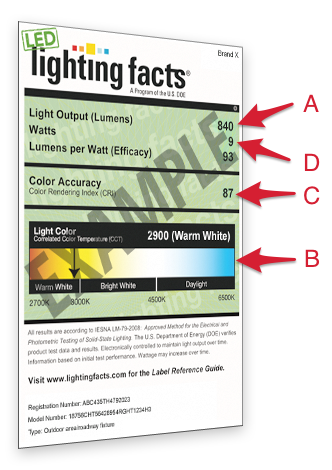
If you're looking for some of these specs, they should be easy to identify on the label. You can also compare across different manufacturers.
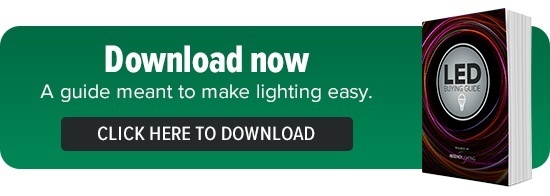 LED recommendations to solve for brightness
LED recommendations to solve for brightness
As we've mentioned, we need to focus on lumens instead of wattage when purchasing LEDs.
To simplify the process for you, we've created this chart with the traditional wattage on the left and the equivalent lumens for LEDs on the right. Also included is a link to purchase the LED equivalent on our online store.
For example, if you have an A19 that's 40 watts, look for an A19 LED that's between 300 and 600 lumens. That should give you similar output.
| Lighting product | Wattage for traditional lighting products | Equivalent lumens for LED bulbs |
| A19 | 40W | 300 to 600 Shop here |
| 60W | 601 to 800 Shop here |
|
| 75W | 801 to 1200 Shop here |
|
| 100W | 1201 to 1800 Shop here |
|
| R20 | 50W | 500 to 600 Shop here |
| BR30 | 65W | 500 to 700 Shop here |
| MR16 | 20W | 250 to 400 Shop here |
| 35W | 500 to 700 Shop here |
|
| 50W | 700 to 900 Shop here |
|
| 50W (IR) | 901 to 1100 See note #1 |
|
| 75W | 901 to 1100 See note #1 |
|
| PAR20 (Halogen) | 50W | 500 to 600 Shop here |
| PAR30 (Halogen) | 75W | 900 to 1100 Shop here |
| PAR38 (Halogen) | 39W to 45W | 500 to 520 See note #2 |
| 50W to 55W | 850 to 1100 Shop here |
|
| 60W to 75W | 1100 to 1400 Shop here |
|
| 80W | 1500 to 2000 Shop here |
|
| 90W | 1200 to 1300 Shop here |
|
| T8 | 32W | 2300 to 3100 |
| CFL 2-Pin | 5-7W | 250 to 402 See note #3 |
| 9W | 525 to 600 Shop here |
|
| 13W | 750 to 900 Shop here |
|
| 18W | 1100 to 1300 Shop here |
|
| 26W | 1700 to 1850 See note #3 |
|
| CFL 4-Pin | 13W | 775 to 900 Shop here |
| 18W | 1100 to 1250 Shop here |
|
| 26W | 1500 to 1825 Shop here |
|
| 32W | 1900 to 2650 Shop here |
|
| 42W | 2300 to 3200 See note #3 |
|
| CFL 2G11 Base | 18W | 1200 to 1300 Shop here |
| 24W | 1800 Shop here |
|
| 28W | 2600 to 2800 See note #4 |
|
| 36W | 2900 See note #4 |
|
| 40W | 3150 to 3500 See note #4 |
|
| 50W | 4000 to 4300 See note #4 |
|
| 55W | 4800 See note #4 |
|
| HID (Metal Halide) |
100W | 5500 to 10000 See note #4 |
| 175W | 12000 to 17000 Shop here |
|
| 250W | 17000 to 26900 Shop here |
|
| 400W | 30000 to 42000 See note #4 |
Notes:
- These are a difficult replacement to find. In this case, comparing Center Beam Candle Power (CBCP) may yield the best results.
- Many LED PAR38 lamps are brighter, which is great for accent lighting. If you're looking for a lower-output PAR38, you may need to consider a different shape (like a PAR20) or a compatible dimmer.
- Pin-based CFL replacements on the lower and higher end can be hard to find.
- We don't have all available products at shop.regencysupply.com, but our team of experts can help you find a solution. Use the chat box or send us a message to find the right option.
Finding the right LED equivalent
If you have any questions about finding the LED equivalent for your traditional lighting, please do not hesitate to contact us. Our lighting experts will help select a product that's right for you.
